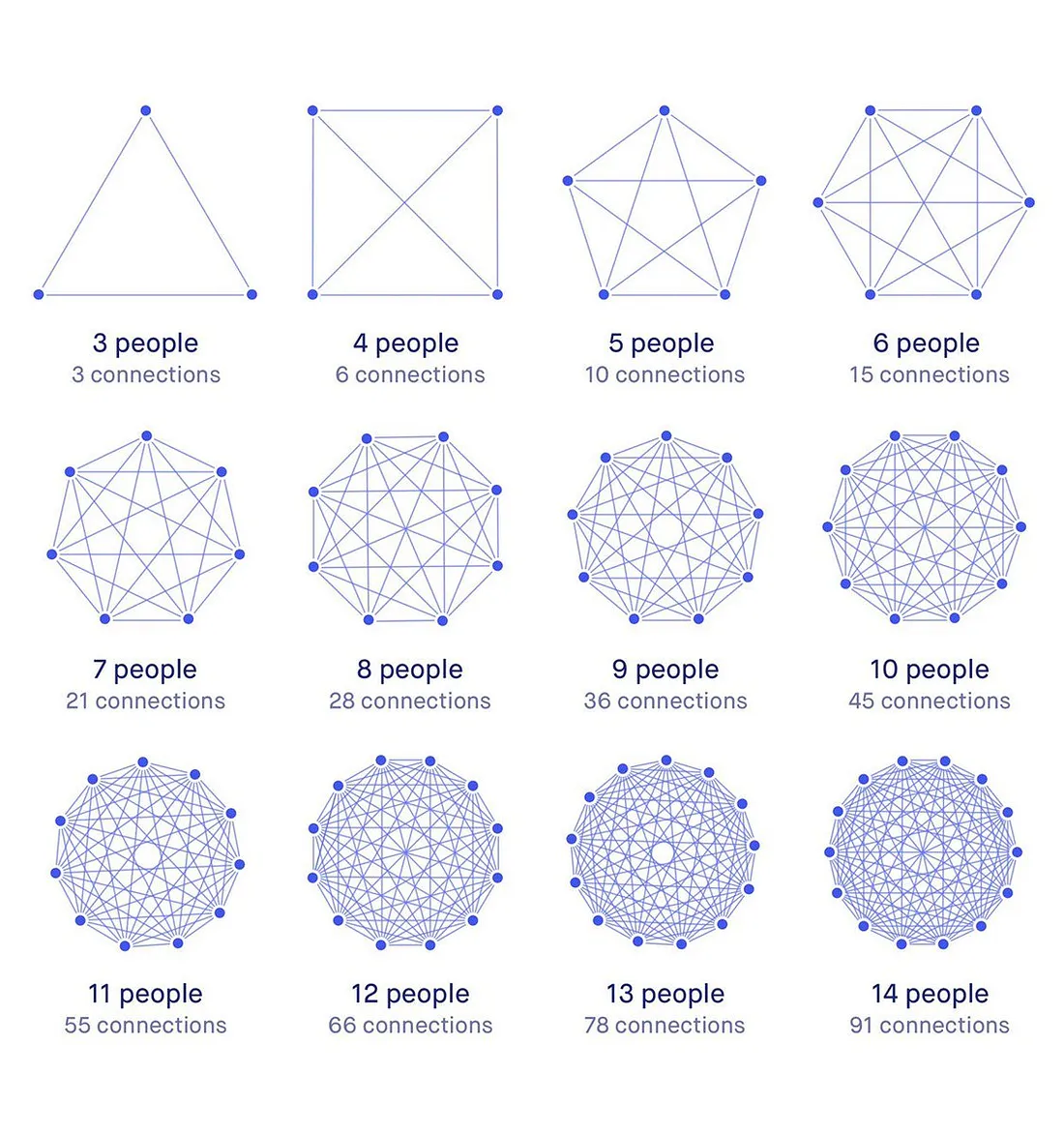So, you’ve got yourself a game studio. You need a project management tool, right?
Maybe you’ve heard about Jira (Who hasn’t?) or maybe you’ve already tried it and bounced off. I’m here to share a perspective from someone who’s seen it work exceptionally well… but only when teams are truly ready for what Jira demands.
I’m a Jira Evangelist (And That’s Not Always Popular) Link to heading
I genuinely believe Jira is an amazing tool for planning, collaboration, and reporting progress toward goals. But I’m probably one of the few developers in the games industry who gets excited when someone says: “We’re going to track our work in Jira.”
Usually, that statement is met with groans, eye-rolls, or outright dread — and me, with a beaming smile.
Why the resistance? In my experience, it’s rooted in bad user experiences, inflexible setups, and a kind of PTSD from producers constantly chasing ticket updates in crunch periods.
Is This a Cultural Hurdle Your Team Can Clear? Link to heading
At its heart, Jira is an agile project management system. (Atlassian’s recent push to make it “everything to everyone” is another story.)
It works best in environments where producers and product owners are willing to embrace working with it… and within its boundaries.
It’s an amazing tool for planning, collaboration, and reporting on project progress toward goals.
And the key word there is: Goals.
When Goals Are Fluid, Jira Can Feel Frustrating Link to heading
In start-up-like cultures or during early prototyping, goals often change weekly, even daily. Trying to “find the fun” while also maintaining strict Scrum workflows and perfectly updated Jira tickets? It’s a recipe for resentment.
In these early phases, simpler tools might be more effective:
- Trello — great for lightweight Kanban tracking
- Miro — fantastic for collaborative storyboarding and concept planning
So if those tools are working well, why even bother with Jira?
Scalability and Centralised Communication Link to heading

The real power of Jira becomes clear as your team grows.
Metcalfe’s Law shows us that the complexity of communication increases exponentially:
n(n-1)/2
Each new team member adds more potential communication pathways. The more people, the more noise — and the more chance for messages to be distorted.
Jira (and Confluence) can act as your single source of truth. By centralising documentation, goals, and progress tracking, you reduce confusion, silos, and unnecessary meetings.
No more “playing telephone.” Everyone knows where the work lives and what the goals are.
Accountability in Political Environments Link to heading
Game studios aren’t always smooth machines. Sometimes well-meaning execs pull devs onto side tasks. Sometimes agendas don’t align with the current sprint goals.
Without a solid tracking system, these side paths become invisible drains on delivery.
With Jira, these disruptions become data. Product Owners and Scrum Masters can push back effectively, armed with visibility into what’s supposed to be happening, and what’s actually happening.
Conclusion: Is Your Team Really Ready for Jira? Link to heading
To get the most out of Jira, you’ll need:
- ✅ A willingness to adopt a cultural shift in how work is planned and communicated
- ✅ An understanding that visibility and trust reduce meeting overhead
- ✅ Recognition of Jira’s value to project managers as a tool for alignment and protection
But here’s the kicker:
Jira itself should be treated as a project.
It needs to evolve with your workflows. It’s not a set-it-and-forget-it system.
That’s why I strongly recommend appointing a Jira power user — someone embedded in your dev team, trained in best practices, who can adapt your instance as you grow. Their job is to:
- Reduce workflow friction
- Improve usability
- Make sure the data reflects how your team actually works
With the right care and ownership, Jira becomes far more than just a tracker — it becomes a cornerstone of scalable, transparent, and accountable development.